My Community Roots
This series on Audience Engagement explores the diverse relationships between theater and community through personal narratives and innovative methods of practice from a select group of artists and practitioners. We invite you to join the conversation and look forward to your thoughts! —Amrita Ramanan
My fifteen-year-old son Jonathan asked me how does he explain what I do to his friends. I tried to explain that I am a cultural organizer, but that doesn’t really mean a lot to him. I told him that I am an arts administrator, but I don’t think that resonated with him either because he knows that I do more than just administrate. Finally, after a few confused faces from him, I said that I am a “creative,” and went on to explain that I find creative ways to approach the ordinary and extraordinary. I don’t know that it made much sense to him, but it made sense to me in terms of the breath and diversity of what I really “do.”
As a creative, my community of comrades and accomplices include other creatives who identify as artists, activists, cultural organizers, educators, agitators, administrators, executives, social workers, healers, conjurers, faith-based leaders, and many other labels both self-imposed and community given. The most diverse community of creatives that I have had the pleasure of communing with identify with the organization Alternate ROOTS.
Alternate ROOTS is an arts organization originally founded in New Market, Tennessee, which now provides services for artists in the entire South. It supports creatives in their quest to utilize their creativity in the development of more equitable and healthy communities. ROOTS is an organization that not only supports creatives, but is run by the same creatives it supports. So the decisions about organizational direction and trajectory are guided by those on the ground doing the work in their own communities and in communities that have invited them to collaborate in creative problem-solving.
ROOTS has 489 members, 181 of them are board members. An organization with 181 board members makes many funders and fellow arts administrators cringe. But it is this characteristic that enables ROOTS to ground its work in a vast experiment of change, a practice that allows the organization to be flexible and responsive in real time to the needs of the community of artists they serve.
The organizational mission is (paraphrased) to support the creation and presentation of original work in all its forms and to work towards the elimination of all forms of oppression. I know right! A pretty lofty goal for an organization with a really, really lean budget. But this is the charge the founding organizations saw fit and necessary to support in pursuit of an alternate vision of how arts and culture could be used to advance the position of equity in the south and facilitate the creation of “another world”.
Founding organizations Roadside Theater in Norton, Virginia and The Carpetbag Theater in Knoxville, Tennessee are two of the companies still creating new work that speaks with a local and regional voice. Many of the founding organizations that are no longer around like the Free Southern Theater, Little Marrowbone Repair Group, the Road Company, and Academy Theater all recognized the need for creative collective action to support the development of more safe and healthy communities. All of the individuals associated with these organizations contributed to the DNA of ROOTS and the values associated with it.
The values an organization touts are only as valid as the actual human beings that constitute the organization and make those values tangible in the real world.
Where the conversation gets complicated is when we begin to think about the trajectory of the work in alignment with “organizational values.” It is my belief that values are personal attributes that take years to develop and hone and are not easily translated to organizations or communities. Especially when those communities change as much as ROOTS does. Contrary to Citizens United, organizations are not people; they don’t operate like people and don’t share the intimate interactions of people. The values an organization touts are only as valid as the actual human beings that constitute the organization and make those values tangible in the real world.
With all of that being said, I do believe that Alternate ROOTS attracts certain types of artists that have been led to the organization by people they trust and already have something in common with.
Where ROOTS values show up are primarily in the work that the artists are doing in the community. For example, ROOTS artists and New Orleans companies Mondo Bizarro and ArtSpot Productions will premiere their new work Cry You One, in late October on a levee in Southwestern Louisiana. This project is a performance, but at its center is a mechanism to unleash the collective stories of communities that have the power to affect lives, but have not yet been heard or seen by many in their expanded community.
The project is a commentary on the environmental disaster of disappearing wetlands in coastal Louisiana. The people whose lives are most affected by the disaster have shaped the work since its inception. Their voice is central to the narrative.
Cry You One will no doubt be powerful and beautiful; these two companies have proven the quality of their artistic work over a period of years. But more importantly, they are creating space for dialogue, working with scientists, environmentalists, engineers, and historians—people that don’t self-identify as artists—to create a community based project that is centered on exchange and action. As artists they are challenging their own understanding of the issues and of their own connection to the land to create a work that is as informed as it is engaging.
Junebug Productions, also in New Orleans, began a year-long celebration of the fiftieth anniversary of their predecessor, Free Southern Theater (FST) this fall with Talkin Revolution, a three-day reunion celebration (see the HowlRound TV video archive). This celebration looked at the history and ongoing legacy of FST, which was born out of the Student Nonviolent Coordinating Committee (SNCC) work in the Deep South at the height of Civil Rights movement. FST was born out of necessity and continues to be as relevant today in the form of Junebug as it was at its founding.
The reason this work continues to be of great importance is because the very basis of starting the theater was to validate the stories of the African American community, to honor their contribution to society. A practice that has now been relegated to twenty-eight days in February was the guiding principle and daily practice of an organization working in the most dangerous region of their time.
Their contemporary work hinges on practicing the principles that empower their community to engage in the decision-making process that defines and controls the institutions that govern their lives. In my opinion, this is the most important work that we can do as artists. I say this because in my eyes, art is not the “thing,” it is only an extension of the culture from which it stems, sort of an identifier. If the art is inaccessible, it says a lot about the culture it comes from and the audience(s) it is trying to reach.
In Tampa, Florida actor, writer, and director Andrea Assaf and playwright Linda Parris-Bailey of The Carpetbag Theatre are using their new work Speed Killed My Cousin to develop a new model of engagement to work with the largest veteran population in the country on severe and debilitating traumas relating to war, including military sexual violence. They are calling this model Creative Arts Reintegration. The model deploys digital storytelling, theater, and multilayered community engagement practices to begin a strategy for healing and the process of un-learning violence.
All of this work is exemplary. It follows the models set forth by Southern artists historically working on the frontlines in aggressive and violent communities. Their practices put the people first. This work puts the focus on the power of the art and the needs of the people the art serves. These are the type of community practices that are heralded in the ROOTS community. This is my creative community.
***
Images: An Alternate ROOTS community meeting. The cast of Cry You One. Photo credit: Melisa Cardona. A scene from Speed Killed My Cousin.

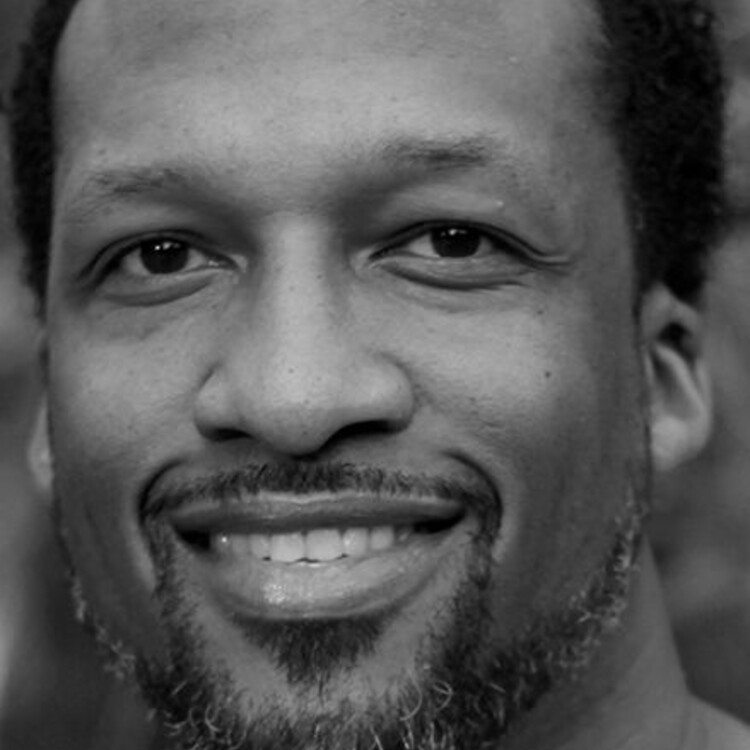
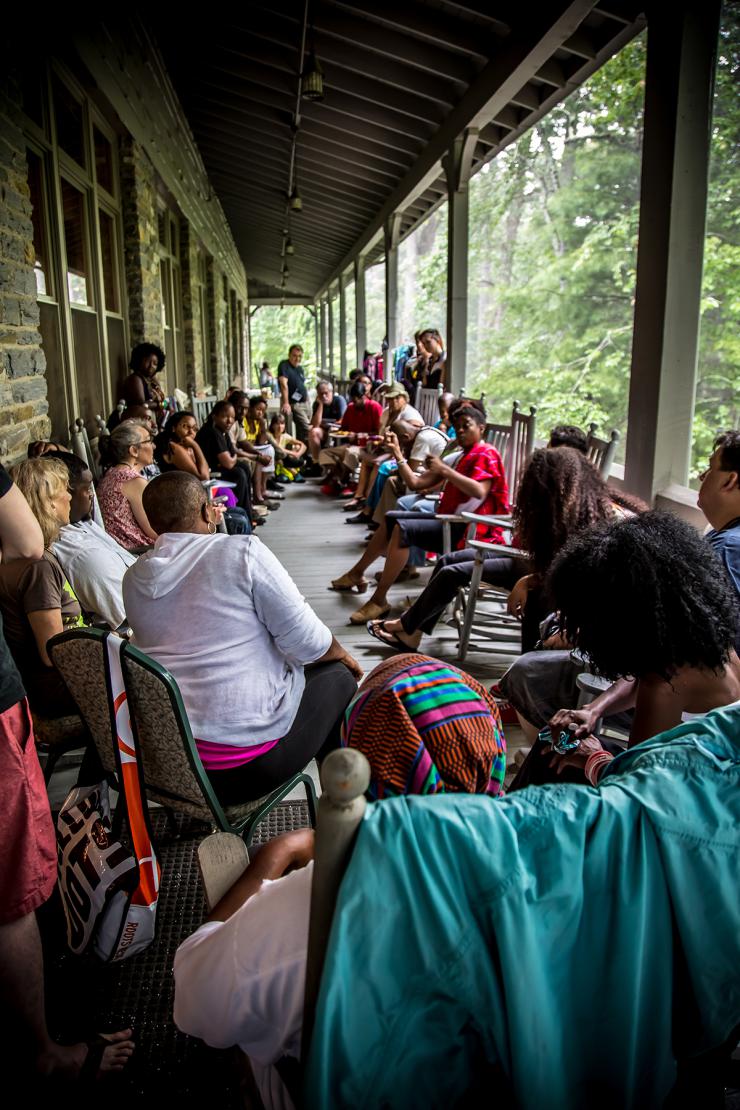
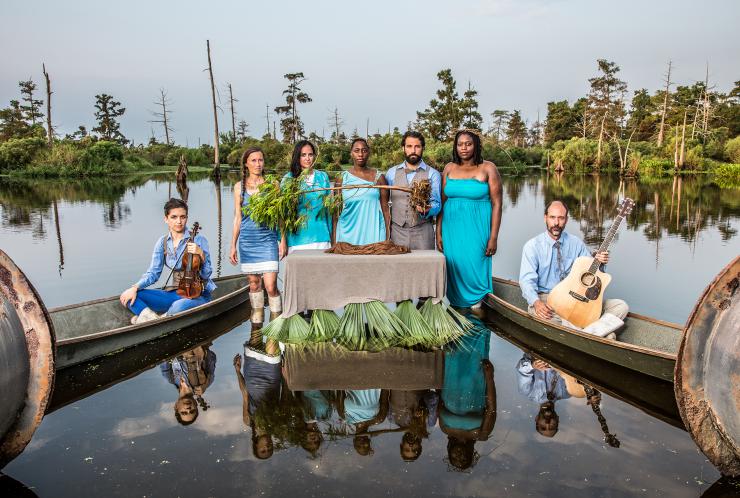
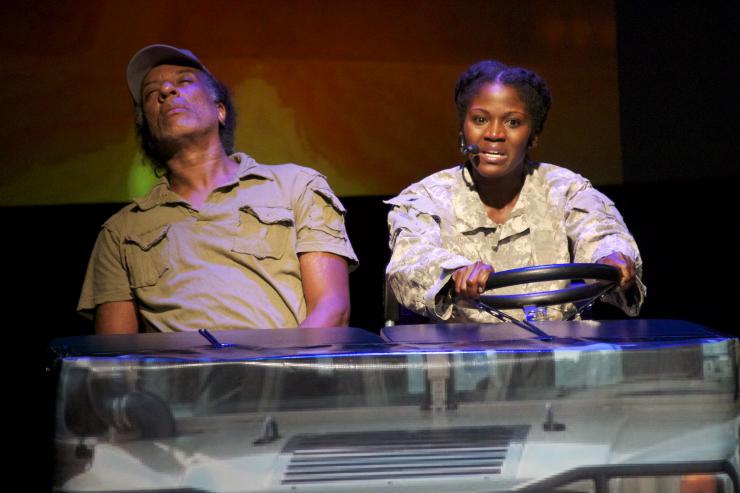
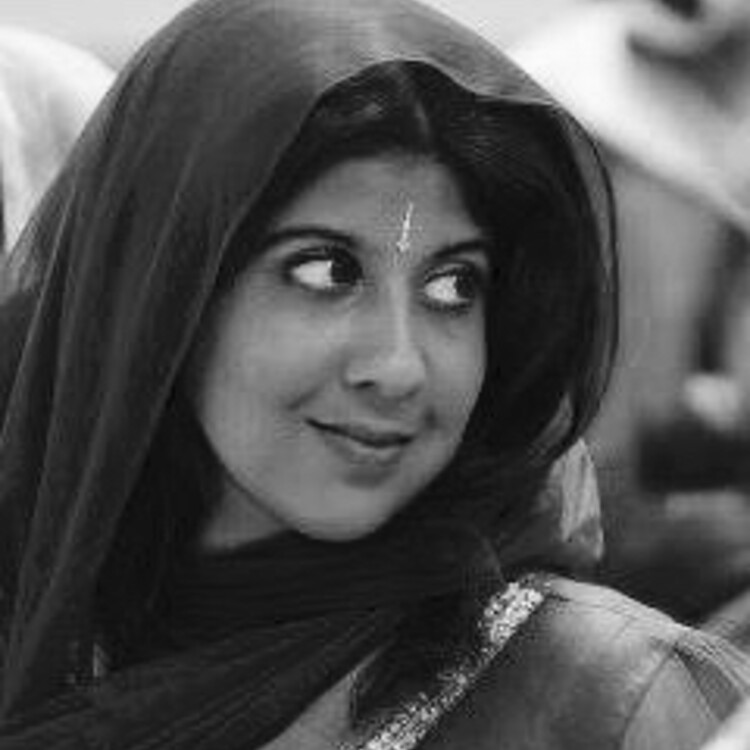
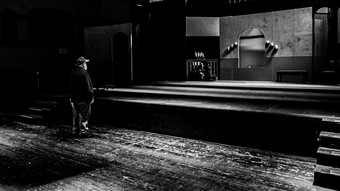


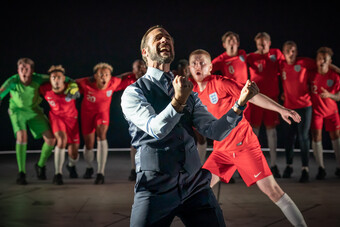

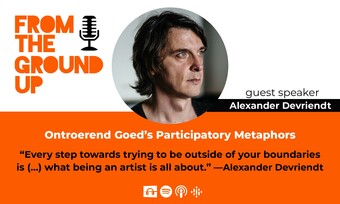


Comments
The article is just the start of the conversation—we want to know what you think about this subject, too! HowlRound is a space for knowledge-sharing, and we welcome spirited, thoughtful, and on-topic dialogue. Find our full comments policy here
"I say this because in my eyes, art is not the “thing,” it is only an extension of the culture from which it stems, sort of an identifier. If the art is inaccessible, it says a lot about the culture it comes from and the audience(s) it is trying to reach." Thanks for this Carlton. Such a great quote. Its hard to remember this some days, when split focus is happening and you are trying to give all of it -the art, the engagement, the food, the dialogue - equal importance. So important, though, to remember our purpose in this work, to not consistently undo the efforts of those before us in the name of innovation, to lift up the commonality in our work and not point to the differences. Your description of us as creatives is a great explanation for what we do. I appreciate your work every day.
I, too, have never been to a ROOTS gathering (I will someday, I know!), but I feel the deep nurturing energy of y'all everywhere I go in the ensemble theatre world. Hearty thanks.
Thanks for this wonderful exposition of "the work." And thanks for your incredible contributions to it, locally, regionally, nationally.
I was lucky enough to be at the Saturday night performances for the Talkin' Revolution conference (and got to see you perform, Carlton!) the Cry You One team performed a song at that event, and Kathy Randels spoke of going to see the "funeral" for Free Southern Theater when she was in high school and how that moment influenced the course of her life. The very next day, I went to see the dress rehearsal for Cry You One down in St. Bernard, along with about 30 Roots members who had come down for the conference. It was really amazing to see all the Roots folks traversing the wetlands, climbing the levees -- literally exploring new terrain. One could really feel the depth of the conversation -- over time, across state lines, across oceans even. A steady course of action, united yet diverse, decidedly operating at its own pace, outside the mainstream. The, ahem, root system of this community has been put into place long before the age of sound bites / twitter / video conferences. I'm not necessarily against any of that, but there is something that I feel every time I am at a Roots related event that feels like the antithesis of tweet-retweet-move on to the next shiny shiny. The ability of this community to listen, to pay attention and take time responding is really extraordinary....and this is coming from someone on the periphery of the community....I have never been to a roots meeting....but I am (thankfully) intersecting with roots regularly....thank you Carlton for your leadership and artistry.
Hey Lisa. I wish I could have had an opportunity to talk to you after the performance on Friday. Thanks for your comments. There is something about the intentional community that has taken several decades to build that makes ROOTS more grounded than most "arts service organizations". I think it is important to understand the commitment to engage at all levels of organizational development, from aesthetic development and program development to budgets and by-laws that puts ROOTS in a very different place in the landscape. Thanks for your words and your work in the world, and you know that I claim you as ROOTS. I wouldn't know you if not for this organization.
Thanks for sharing part of the long narrative your work lives within, Carlton, and for all your ongoing work. Great to be able to point people to this essay now.